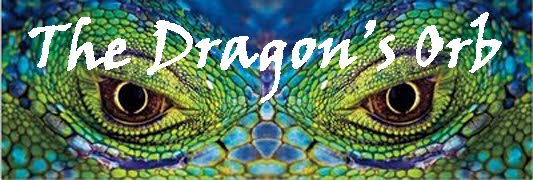
Modern Japanese: martial, manly, strong, powerful, mighty, brave, power of fighting
Mandarian: fierce, military, valiant, wushu
Cantonese: military, martial, warlike
What is the story and etymology though? What are the composite symbols and how to they interact to form the character bu 武? This was a tricky character to unravel. So many people have put their own theories and etymology on the character that it has become shrouded. Just yesterday I was involved in a debate in the dojo about it.

This has caused a bit of confusion to the modern budo practitioner. The radical is actually a pictograph for a foot. The primitive origins of this character has a feeling of 'to walk' rather than the modern stop.

Primitive Chinese: A long handled non descript instrument - usually a hoe or ax
Mandarian: halberd, spear, lance
The noted budo author Dave Lowry gives a common, but from what my research shows to be an historically inaccurate, etymology of the character.
"It would seem logical that the character for the spear alone would be sufficient to connote military. But, in making up the kanji for bu, the brushstrokes for spear are accompanied by additional strokes that mean "suppressing a revolt. " The whole character for military, then, actually refers to "quelling an uprising by use of the polearm. "
Another common interpretation I see many authors quote, the radical 止 means 'stop'. Thus many people therefore the character BU is interpreted to mean... To stop the spear, an interpretation implying a defensive and peaceful nature. While this is a nice poetic version useful for the modern dojo, it is clear this is not the historic root of the word.
Etymology of the character 'bu'武.
In old Chinese 止 did not mean stop. Originally it meant 'foot'. Added with this - 戈 - Remnant Primitive, A long handled non descript instrument - usually a hoe or ax.
"Let's look at the kanji bu (武). Bu actually translates to military affairs or martial. The kanji is a compound of two other kanji: hoko (矛) which means halberd and ashi (足) which means foot. The kanji depicts a soldier/foot-soldier carrying a halberd, this in turn depicts military acts or martial. This is the accepted translation of bu."











